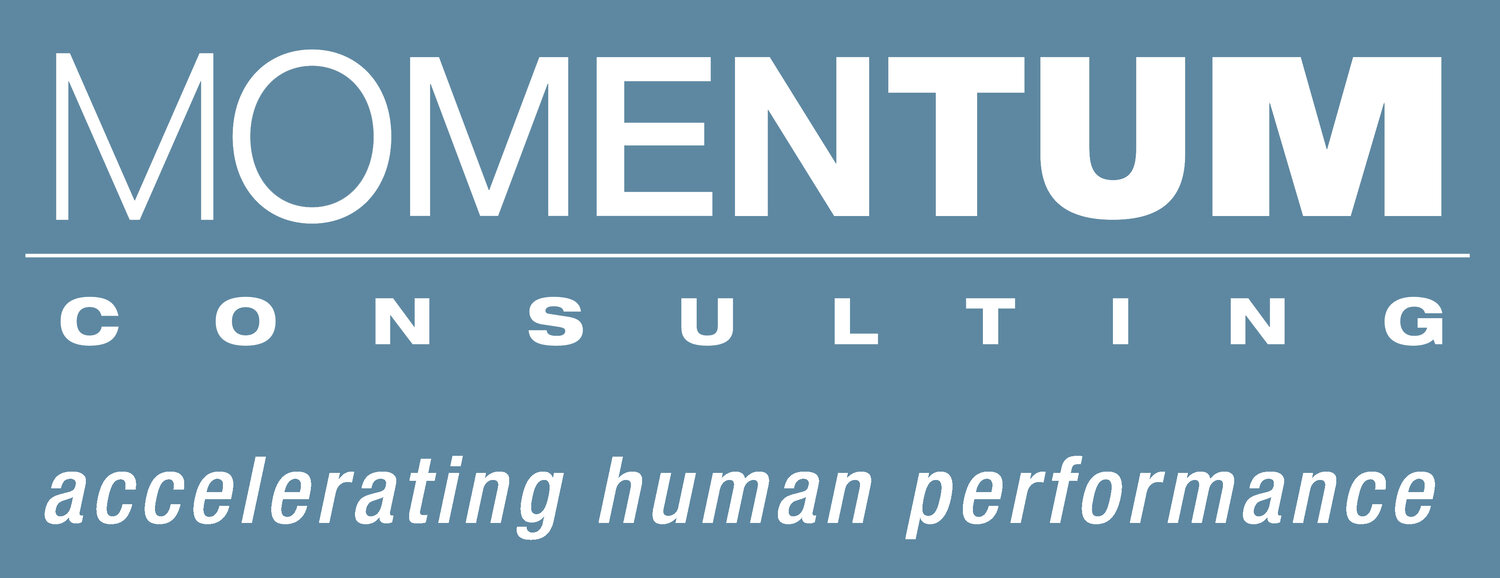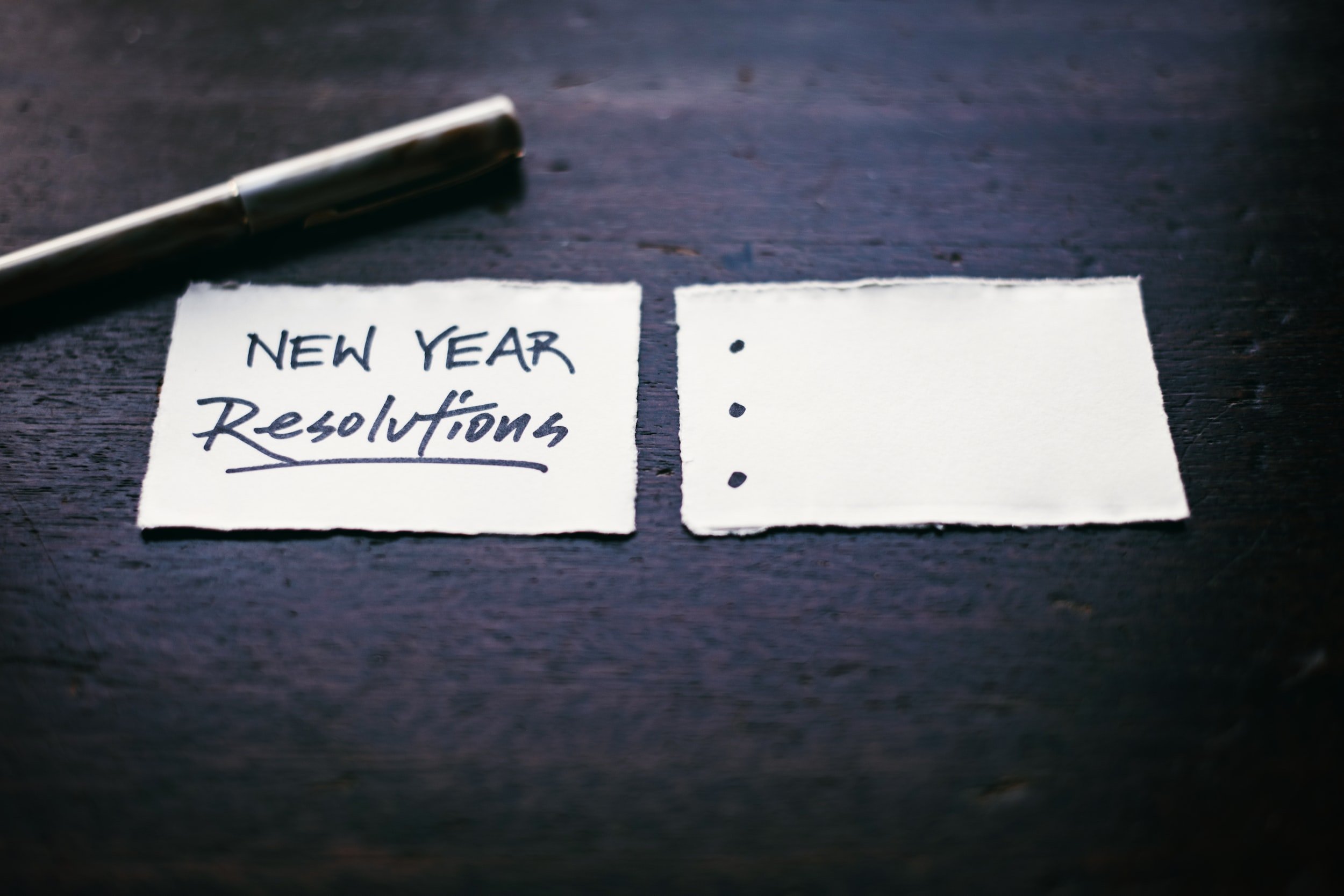Some Unorthodox New Year’s Advice: “Go Slow”
Image by Tim Mossholder@timmossholder
A Bit of New Year’s History
Approximately 4,000 years ago, the Babylonians celebrated Akitu in a massive multi-day festival honoring the rebirth of the natural world. This is believed to be the first new year celebration. It was held on the first new moon following the vernal equinox (roughly mid-March.)
They enacted rituals around their gods to cleanse and recreate the world in preparation for the new spring. Parts of the rituals were to discover if the gods blessed, and therefore extended, the king’s rule (early term limits?)
The Babylonians would also make promises to their god, Marduk, to pay their debts and return borrowed items. These are considered the first new year resolutions. Failure to keep them was believed to bring disfavor from the gods, so perhaps they were more rigorous in keeping their resolutions than we tend to be!
Julius Caesar first established January as the beginning of the year. This was a nod to Janus, the two-face god who favored doorways and portals, for whom the month was named. The Romans believed Janus looked both to the past and to the future. They would review the past year and promise Janus to be better in the coming one. It was the early Christians, however, who started using the beginning of January (new year) to reflect on past mistakes and resolve to do and be better.
Watchnight services or Watchnight mass, still practiced by many religions today, evolved from these beginning traditions. Watchnight is a time of prayer, hymns, reflection and promises to be better in the future.
The genesis of our New Year celebrations and resolutions look very different from our practices of today.
New Year’s Eve is now a major economic moment, like Christmas, heavily marketed by retailers (i.e. 40,000,000 bottles of champagne sold/US.)
Those early celebrations were spiritual, to honor gods, Earth and her gifts. There were prayers to ask for rain, growth, harvest and perhaps forgiveness. It was a time of reflection, assessing past behavior and making commitments to learn from past transgressions and improve for the future.
Our modern resolutions are typically materialistic and distant from their ancient predecessors. Our celebrations tend more “PARTAY!!” than honoring spiritual devotion. I am not faulting, merely speaking from experience. But the high failure rate of our resolutions probably does more harm than good.
We treat the year as a fresh start and then fall into disappointment as we slowly abandon our promises. My friend Brett noted that last early January, when he headed to the gym at his routine time, he was stunned to find a packed parking lot. By February, however, the parking lot was back to normal.
I respect the value of goals and the importance they play in achievement. Here is where I suspect they go off-kilter:
Most goals are set as a function of “should.”
We are setting them based on who we should be, what we should be achieving, what I should have accomplished by now, or how we should look. Rather than taking an internal look to ask…
“Does this outcome excite me?”
“What makes this important to me?”
“If I am successful, who benefits?”
“What is my emotional state around this goal, and is it nurturing?”
Looking internally gives me access to emotional satisfaction, authentic commitments, what is important to me and why. I do not believe most goals and resolutions are based on this kind of authentic internal audit.
Harvard Business Review recently published an article by Cheryl Einhorn, CEO of Decisive, about emotions in the process of decision-making. The article addresses the fear most people have of making the wrong decision, especially complex ones. Fear often drives us to make impulsive decisions and leads to poorer outcomes. Examining the emotions associated with the decisions can lead to better outcomes. Einhorn suggests four steps to coping with emotions during complex decision-making; they apply to setting goals or making resolutions:
Identify the outcome to be accomplished.
Identify how you feel about the outcome.
Visualize your success and how it feels.
Ask if this still seems like a goal/resolution you will fulfill.
A friend who claims to have read the “tea leaves” for 2023 said to me…
Go slow.
It conflicts with the “crush it,” “go big or go home,” and “be all you can be” mentality of our current culture. Honestly, I rolled my eyes.
After I thought about it, though, I realized “go slow” aligns with what’s important in my life. (This might be a function of age.) So, I thought, why not? There actually may be boldness in going slow.
The more I look internally to see what my emotional read is, the real driver behind my thinking and planning, the more at peace I am with the outcomes, whatever they may be.
The ancients examined their behavior over the past year, sought spiritual guidance and made promises to be better out of fear the gods would be watching. They were not about doing better; they were focused on being. What can we learn from them?
Have a fabulous 2023. Being the best you can be is really just being yourself; you already have the goods.
Cheers and Blessings,
Fundamental of the Week #9: COMMUNICATE TO BE UNDERSTOOD
Communicate in the least complicated way. You are accountable for what people understand or misunderstand.
Momentum Consulting offers executive business coaching, top-level executive consulting, team trainings and team off-sites to build and transform your business to the next level. Inquire about business consulting and leadership coaching today.


